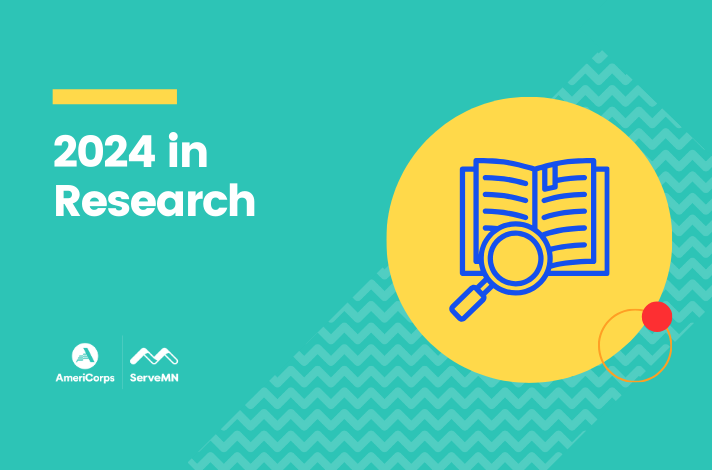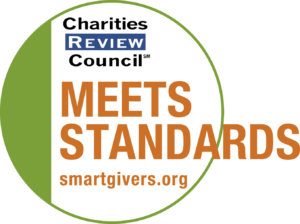Volunteers more likely to talk to neighbors, participate in civic groups, discuss community issues with family and friends
WASHINGTON, D.C. —As America enters the holiday season searching for unity at a time of division, a new federal study shows that volunteer service is a core American value that can help build bridges among Americans. The annual Volunteering and Civic Life in America research, released today by the Corporation for National and Community Service (CNCS) shows 1 in 4 Americans volunteered through an organization and nearly two-thirds helped their neighbors last year, demonstrating that service to others continues to be a priority for millions of Americans.
This year’s report found that 62.6 million adults (24.9 percent) volunteered through an organization last year. Altogether, Americans volunteered nearly 7.8 billion hours in 2015, worth an estimated $184 billion, based on the Independent Sector’s estimate of the average value of a volunteer hour. The volunteer rate consistently remains stable and strong. Over the past 14 years, Americans have volunteered 113 billion hours, service worth an estimated $2.3 trillion.
In addition, more than 138 million Americans (62.5 percent) also engaged in informal volunteering in their communities, helping neighbors with such tasks as watching each other’s children, helping with shopping, or house sitting.
“When we stand shoulder to shoulder to serve with others, we gain another perspective on the lives we share, while using our time and talents to build a stronger nation,” said Wendy Spencer, CEO of the Corporation for National and Community Service. “Each year, millions of Americans do extraordinary things as volunteers; this is America at its best. As we enter the holiday season, we are calling on all citizens to unite in service as a way to unify our country and keep our communities strong.”
The Volunteering and Civic Life in America research also shows that volunteers are more likely than non-volunteers to talk to neighbors, attend community meetings, participate in civic organizations, discuss politics or local issues with family and friends, do favors for neighbors, and fix things in the neighborhood. A growing body of research indicates that communities with higher levels of civic engagement have been linked to lower crime rates, improved health outcomes for aging adults, lower rates of mental illness, improved academic outcomes for children, improved employment outcomes for job seekers, and greater community resilience following a disaster.
The research shows that overall rate of volunteering remains strong and stable, despite a slight decrease from the previous year, and that Americans’ commitment to volunteering spans across generations. Key highlights of the report include:
- Generation X leads volunteering among generations. Americans aged 35-44 had the highest volunteer rate (28.9 percent) followed by Baby Boomers (25.7 percent).
- One in five (21.9 percent) of Millennials (age 16-32) volunteered. Young adults age 18-24 attending college volunteer at twice the rate (25.7 percent) of their non-college attending peers (13.6 percent).
- Older Americans, including Baby Boomers and members of the Silent Generation, tend to volunteer more hours. In 2015, the age groups with the highest median hours among volunteers were ages 65-74 (88 hours) and those 75 and older (100 hours).
- Working mothers continue to maintain the highest rate of volunteering among all populations at 36 percent. The volunteer rate of parents with children under age 18 is higher than the national average at 31.3 percent.
- More than one-third of Americans (36.3 percent) are involved in a school, civic, recreational, religious, or other organization. Americans most frequently volunteer with religious groups (34 percent), followed closely by education or youth service groups, and social or community groups.
- Volunteers are meeting wide range of pressing needs. Millions of volunteers devoted their time to working with youth through tutoring and teaching youth (18 percent) or mentoring youth (17.5 percent). Nearly one-quarter of volunteers helped prevent hunger (24.2 percent) by collecting, preparing, and distributing food, and one in four (24 percent) participated in fundraising activities.
The report also measures volunteering at the state and local level. Utah, Minnesota, Wisconsin, South Dakota, and Idaho claim the top five state spots, while Minneapolis-St. Paul, Salt Lake City, Milwaukee, Washington, D.C., and San Jose, Calif. come in as the top large metropolitan areas. Additional rankings are available for mid-size cities and by age groups.
In 2013, CNCS released Volunteering as a Pathway to Employment, research which found that unemployed individuals who volunteer have 27 percent higher odds of finding employment at the end of a year than non-volunteers. Among rural volunteers and volunteers without a high school diploma, the likelihood increases to 55 and 51 percent, respectively.
Volunteers provide critical support to our nation’s nonprofit, civic, and faith-based organizations, offering time, skills, and monetary support. The Volunteering and Civic Life in America research found that volunteers are almost twice as likely to donate to charity as non-volunteers. Nearly 80 percent of volunteers donated to charity, compared to 40 percent of non-volunteers. Overall, half of all citizens (50.5 percent) donated at least $25 to charity in 2015.
As the federal agency for service and volunteering, CNCS funds the annual research to provide government and nonprofit leaders with in-depth information on volunteering and civic trends to help them develop strategies to mobilize more Americans to address local needs through service. The Volunteering and Civic Life in America data includes profiles for all 50 states and the District of Columbia, 51 metropolitan areas, and 75 mid-sized cities, including data on volunteer rates, civic indicators, rankings, area-specific trends, and analysis.
The research is part of the agency’s efforts to expand the impact of America’s volunteers on key challenges facing the nation. CNCS provides critical support to America’s nonprofit and voluntary sector through grants, training, research, and partnerships. Last year, CNCS engaged millions of Americans in service through AmeriCorps, Senior Corps, MLK Day, and other service programs.
The full analysis and customizable data sets can be found at volunteeringinamerica.gov. Americans interested in finding local volunteer opportunities can visit www.serve.gov.
###
The Corporation for National and Community Service is a federal agency that engages millions of Americans in service through its AmeriCorps, Senior Corps, Social Innovation Fund, and Volunteer Generation Fund programs, and leads the President’s national call to service initiative, United We Serve. For more information, visit NationalService.gov.
Background on the Report
The data for this report were collected through two supplements to the Current Population Survey (CPS): the Volunteer Supplement and the Civic Engagement Supplement. The CPS is a monthly survey of about 60,000 households (approximately 100,000 adults), conducted by the U.S. Census Bureau on behalf of the Bureau of Labor Statistics. The selected supplements collect data on the volunteering, voting, and civic activities of adults age 16 and older for volunteering and 18 and older for the civic supplement. Volunteers are considered individuals who performed unpaid volunteer activities through or for an organization at any point during the 12-month period (from September 1st of the prior year through the survey week in September of the survey year).




